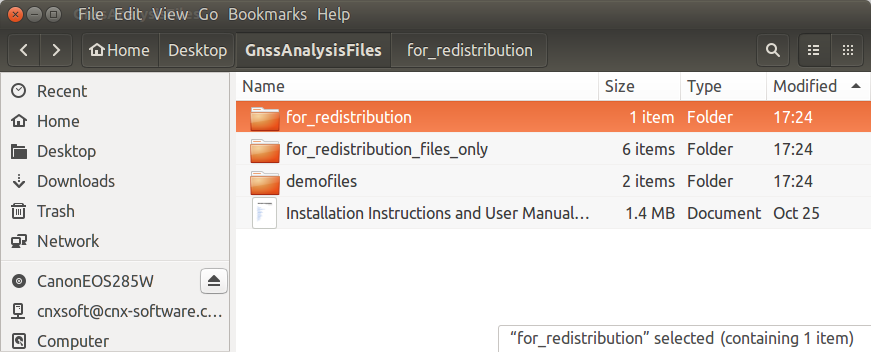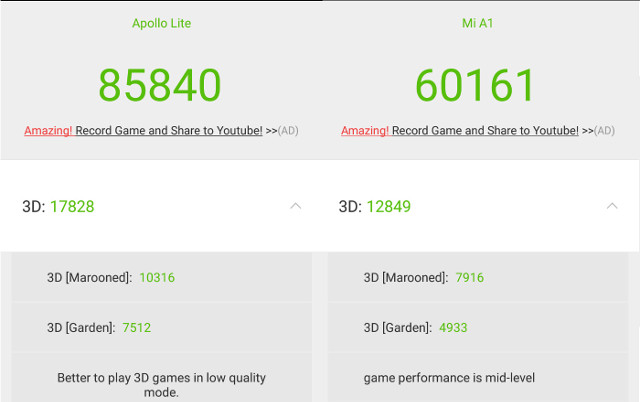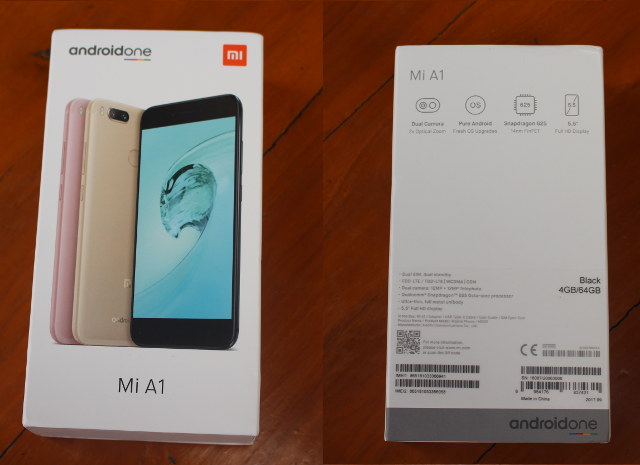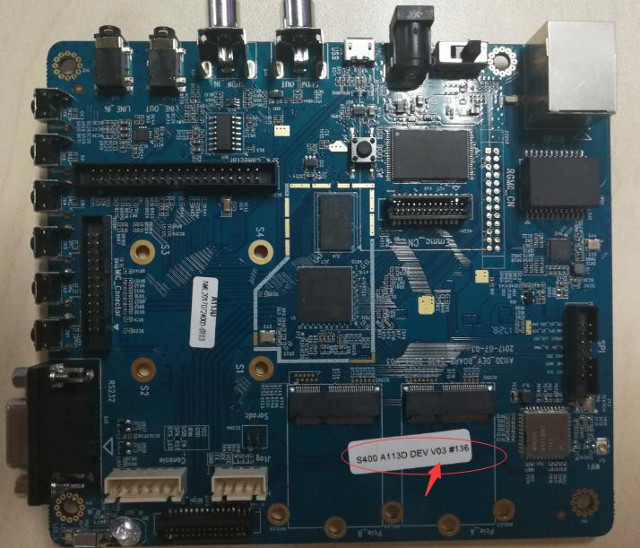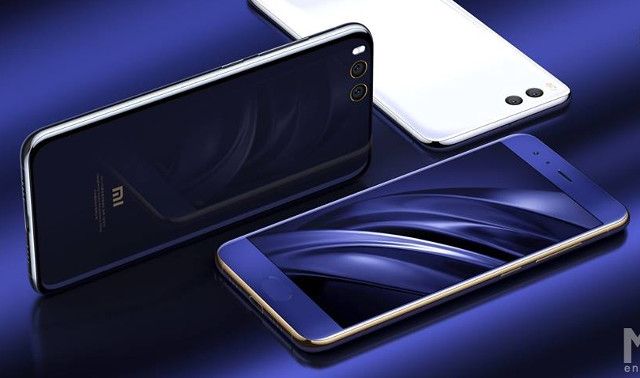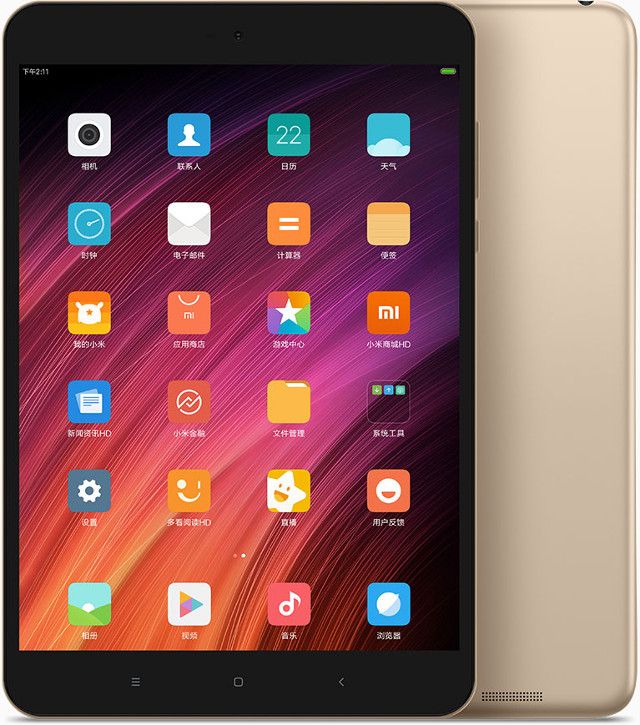Google has recently released GNSS Analysis Tool to process and analyze Global Navigation Satellite System (GNSS) raw measurements from Android devices. This is mostly designed to enable manufacturers to see whether their GNSS receivers are working as expected. The tool can also be used for research and to learn more about GNSS, and there are two components: GNSS Analysis tool itself available for Windows, Linux, or Mac OS X GNSS Data Logger app working with Android 7.0 or greater phones that support raw measurements. You can download both from the release page on Github. I’ve given it a try with a computer running Ubuntu 16.04 and Xiaomi Mi A1 smartphone, but you can the analysis tool even f you don’t have Android 7.0+ smartphone, as sample data is included. I downloaded GnssAnalysisLinuxV2.4.0.0.zip, and extracted the content in ~/Desktop/GnnsAnalysisFiles directory as instructed. Now we can open a terminal window and install […]
Mediatek Helio X20 vs Qualcomm Snapdragon 625 – 3D Graphics Benchmarks and CSR2 Game
I’ve been using Vernee Apollo Lite smartphone with a Mediatek Helio X20 deca-core ARM Cortex A72/A53 processor coupled with an ARM for a little over a year. Recently, I’ve received Xiaomi Mi A1 smartphone for a Qualcomm Snapdragon 625 SoC featuring eight ARM Cortex A53 cores and an Adreno 506 GPU. In theory, the latter is a downgrade, and the Xiaomi phone is indeed quite slower in Antutu with overall score of 60,161 points against 85,840 points in the Mediatek phone. 3D graphics performance is also lower with 12,849 vs 17,828 points. Both smartphone have the same resolution (1920×1080), so it’s a little confusing to be told you’d “better to play games in low quality mode” for the Mediatek phone, and “game performance is mid-level” for the Snapdragon one. But anyway Helio 20 should work better in 3D games than Snapdragon 625 if we are to believe the numbers. Most […]
Xiaomi Mi A1 Review – Part 1: Unboxing, First Boot, Firmware Update, and Benchmarks
Xiaomi Mi A1 hardware specifications are pretty much standard for a mid-range smartphone, except possibly for its dual rear camera, and what makes it stand apart is really Android One program that promises regular firmware update, including to the latest “pure” Android version, during a 2-year period from launch. In my case, the phone is also interesting because so far I had only used smartphones with Mediatek SoCs, and Mi A1 is equipped with a Qualcomm Snapdragon 625 processor. SD625 should be slower than the Mediatek Helio X20 deca-core processor I’ve been using in Vernee Apollo Lite, but I’m curious to find out if some apps have been better optimized for Qualcomm processors. I’ll soon find out as GearBest sent me a review sample.I’ll start with an unboxing and first boot post, before writing the second part of the review in a couple of weeks once I’ve finished testing the […]
Amlogic A111, A112 & A113 Processors are Designed for Audio Applications, Smart Speakers
Amlogic processors are mostly found in TVs and TV boxes, but the company is now apparently entering a new market with A111, A112, and A113 audio processors. I was first made aware of those new processors through Buildroot OpenLinux Release Notes V20170831.pdf document posted on their Open Linux website, where two boards with Amlogic A113D and A113X are shown. First, S400 board with the following key features/specifications: SoC – Amlogic A113D CPU System Memory – 1GB DDR3 Storage – 512MB SLC NAND flash Display I/F – MIPI interface Connectivity – Gigabit Ethernet SDIO WiFi/BT (AP6356S) Audio SPDIF_IN/SPDIF_OUT LINE_IN/LINE_OUT 2x Audio headers (MIC_Connector & SPK_Connector) USB – 1x USB 2.0 OTG Expansion – 2x PCIe ports Misc – 6x ADC Keys, IR_IN/IR_OUT, UART Interface (RS232) The second S420 board is based on A113X SoC, and comes with less features (no display, no Ethernet, no PCIe…), less memory: SoC – Amlogic A113X […]
Xiaomi Mi A1 Android One Smartphone Launched in India, Coming to 40 Markets Soon
Android One initiative aims to deliver low cost smartphones with at least 2-year worth of firmware updates. The program first launched in India in 2014, has since then expanded into more countries, and Xiaomi has just introduced their own Android One phone with Mi A1. Xiaomi Mi A1 specifications: SoC – Qualcomm Snapdragon 625 octa-core processor up to 2.0 GHz with Adreno 506 GPU @ up to 650MHz; 14nm FinFET process System Memory – 4GB RAM Storage – 64GB internal storage, micro SD slot up to 128GB Display – 5.5″ LTPS FHD display with 450nit brightness Camera 12 MP + 12 MP dual rear camera with dual tone flash, autofocus, 2x optical zoom 5 MP front-facing camera 4K/1080p/720p video @ 30 fps; 720p slow-mo video @ 120 fps Connectivity Dual band 802.11a/b/g/n/ac WiFi with WiFi direct and WiFi display support Bluetooth 4.2 Cellular 4G modem; supports Volte/4G/3G/2G on compatible networks […]
Xiaomi Mi MIX 2 Phablet: Up to 8GB RAM, Up to 256 GB Storage, Bezel-free 6.4″ Display, $1,095
Yesterday, Xiaomi introduced Mi 6 smartphone, in what looked like to be their premium model, but it turns out they have a more powerful (and expensive) model with Mi MIX 2 Phablet/Smartphone boasting the same Qualcomm Snapdragon 835 processor, but equipped with up to 8GB RAM, 256 GB flash, and a 6.4″ display with 2560×1440 resolution and virtually without any bezels. Xiaomi Mi MIX 2 preliminary specifications: SoC – Qualcomm Snpadragon 835 octa-core Kryo 280 processor with 4x cores @ 2.45 GHz, 4x cores @ 1.9 GHz, Adreno 540 GPU with support for OpenGL ES 3.2, OpenCL 2.0 full, Vulkan, DX12, Hexagon 682 DSP System Memory – 4, 6 or 8 GB LPDDR4X dual channel memory Storage – 128 or 256 GB UFS 2.0 flash; NO micro SD card Display – 6.4″ capacitive touch AMOLED display with 2560×1440 resolution Audio – Speakers; microphone; 3.5mm audio jack Cellular Connectivity 2G – […]
Xiaomi Mi 6 Smartphone is Powered by Snapdragon 835 Processor, Comes with 6GB RAM, Up to 128GB Storage
Xiaomi has unveiled its latest phone with Mi 6 smartphone equipped with a 5.15″ display, Qualcomm Snapdragon 835 octa-core processor, 6GB RAM, 64 or 128GB storage, and more. Xiaomi Mi 6 specifications: SoC – Qualcomm Snpadragon 835 octa-core Kryo 280 processor with 4x cores @ 2.45 GHz, 4x cores @ 1.9 GHz, Adreno 540 GPU with support for OpenGL ES 3.2, OpenCL 2.0 full, Vulkan, DX12, Hexagon 682 DSP System Memory – 6GB LPDDR4X dual channel memory Storage – 64 or 128 GB UFS 2.0 flash; NO micro SD card Display – 5.15″ capacitive touch display with 1920×1080 resolution, 428ppi Audio – Speakers; microphone; NO 3.5mm audio jack Cellular Connectivity 2G: GSM 2/3/5/8; CDMA: BC0 3G: WCDMA B1/2/5/8; TD-SCDMA: B34/39 4G: FDD-LTE: B1/3/5/7/8, TDD-LTE:38/39/40/41 Dual Nano SIM card dual standby Other Wireless Connectivity – Dual band 802.11 b/g/n/ac WiFi, Bluetooth 5.0, GPS with A-GPS, GLONASS, BEIDOU Camera – 12.0MP+12.0MP dual […]
Xiaomi Mi Pad 3 Tablet Launched with Mediatek MT8176 Hexa-Core Processor, 7.9″ Display
Xiaomi Mi Pad 2 was powered by an Intel Cherry Trail, but the Chinese company has decided to go back to ARM for the third iteration of their MiPad tablet as they used Mediatek MT8719 hexa-core Cortex A72/A52 processor with 4GB RAM, 64GB flash, and the same 7.9″ display with 2048 x 1536 resolution. Xiaomi Mi Pad 3 specifications: SoC – Mediatek MT8176 hexa-core processor with 2x ARM Cortex A72 cores @ 2.1 GHz, 4x ARM Cortex A53 cores @ 1.7 GHz, and Imagination PowerVR GX6250 GPU System Memory – 4GB LPDDR3 Storage – 64GB eMMC flash, no micro SD slot Display – 7.9″ capacitive touch screen IPS LCD display with 2048 x 1536 resolution Audio – 3.5mm headphone jack, Connectivity – Dual band 802.11 b/g/n/ac WiFi, Bluetooth 4.2 LE Camera – 5MP front-facing camera, 13 MP rear camera with auto-focus, dual LED flash USB – 1x USB type C […]


